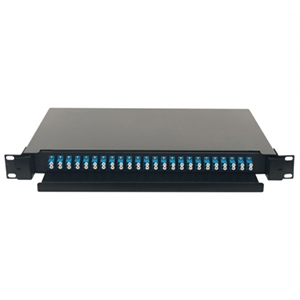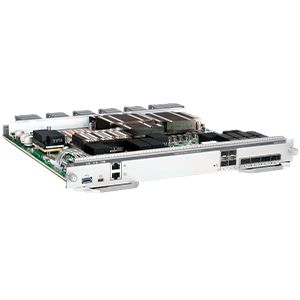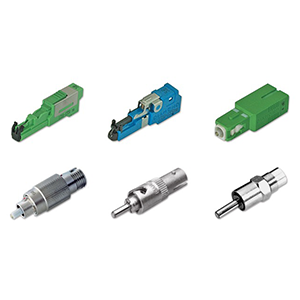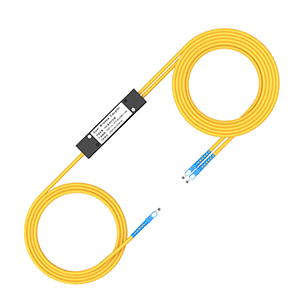Hello everyone! PoE (Power over Ethernet) technology plays a vital role in network devices. It allows us to achieve data transmission and device power supply through a single network cable, greatly simplifying network wiring work. Today, I will give you a detailed introduction on how to distinguish PoE switches from non-PoE switches.
This includes checking the switch model, physical interface, and practical methods to view PoE configuration through the command line interface. Whether you are planning to deploy new network equipment or need to optimize an existing system, knowing this information will help you make a smarter choice. If you are looking for a high-performance PoE switch or other network solution, please feel free to contact me, we will provide you with the most professional advice and high-quality products to help you create an efficient network environment!
PoE Technology Overview
PoE (Power over Ethernet) technology transmits data and power simultaneously through network cables to power devices. It simplifies wiring work and supports devices such as IP cameras and wireless access points without the need for additional power sockets. PoE technology improves installation flexibility and cost-effectiveness, and is suitable for the power needs of various network devices.
1. Working principle and application scenarios of PoE:
Working principle:
- PoE (Power over Ethernet) technology can power terminal devices through standard Ethernet cables.
- Network devices (such as switches) also provide power supply while transmitting data.
Application scenarios:
- PoE is widely used in devices that require power supply, such as IP cameras, wireless access points (WLAN APs), and IP phones.
- It can avoid the need to arrange power supplies separately near these devices, simplifying deployment and reducing costs.
2. Main standard versions of PoE:
PoE (IEEE 802.3af):
- The earliest PoE standard, which can provide up to 15.4W of power.
PoE+ (IEEE 802.3at):
- The upgraded PoE standard, which can provide up to 30W of power.
UPoE (Cisco UPoE):
- Cisco’s own PoE standard, which can provide up to 60W of power.
PoE++ (IEEE 802.3bt):
- The latest PoE standard, providing up to 90W of power.
Different versions of the PoE standard vary in the maximum power output provided. Users can choose the appropriate PoE technology based on the actual needs of the terminal device.
How to identify a PoE switch
How to identify a PoE switch includes checking the model specifications of the switch. Usually PoE support is indicated in the product name. The status and function of the PoE port can be checked through the switch’s management interface or CLI (such as the show power inline command). In addition, checking the device’s technical documentation and specification sheet can also confirm whether it supports PoE.
1. Check the switch model and product specifications:
- The switch model is usually marked with “PoE” or “PoE+”, indicating that it supports PoE technology.
- You can refer to the PoE-related specifications in the product manual or data sheet, such as supported power, number of ports, etc.
2. Check the physical interface of the switch:
- The Ethernet interface of the PoE switch usually has a special mark, such as “PoE” or “PoE+”.
- This mark can intuitively determine whether the port supports PoE power supply function.
3. Log in to the switch CLI to view the PoE configuration:
- Log in to the switch through the command line interface (CLI) to view detailed information related to PoE.
- Common commands include
show power inline,show power inline interface, etc., to understand the PoE power supply status and power budget. - You can also use configuration commands to set PoE, such as turning on/off PoE, configuring power supply, etc.
In summary, users can quickly identify whether the switch supports PoE technology through the above three methods, and further understand the PoE performance and configuration of the switch. This is very important for the reasonable planning and deployment of PoE devices.
Methods for identifying non-PoE switches
The method for identifying non-PoE switches includes checking the model and specifications of the switch. Usually these devices will not be marked with “PoE” or “PSE”. You can check the port status through the management interface or CLI (such as the show power inline command). Non-PoE switches will not display PoE-related information. You can also check the product manual or technical documentation to confirm whether the device supports PoE.
1. Check the switch model and product specifications:
- If the switch model does not have the words “PoE” or “PoE+”, it usually means that PoE technology is not supported.
- If you cannot find PoE-related specification information in the product manual or data sheet, you can confirm that the switch does not support PoE power supply.
2. Check the physical interface of the switch:
- If the Ethernet interface of the switch does not have a special “PoE” or “PoE+” logo, it means that the interface does not support PoE power supply function.
- You can intuitively determine that the switch does not have PoE power supply capability.
3. Log in to the switch CLI to check the PoE configuration:
- Log in to the switch through the command line interface (CLI). If you cannot find any PoE-related information and configuration, you can confirm that the switch does not support PoE.
- Common PoE-related commands include
show power inline,show power inline interface, etc. If you cannot find these commands, it means that the switch lacks PoE function.
In summary, users can quickly identify whether the switch supports PoE technology through the above three methods. If the switch model, physical interface and CLI command cannot find PoE-related information, it can be determined that the switch does not have PoE power supply function.
Comparison of application scenarios of PoE and non-PoE switches
PoE switches are suitable for devices that need to be powered by network cables, such as IP cameras, wireless access points and VoIP phones, simplifying wiring and reducing installation costs. Non-PoE switches are suitable for traditional network environments and devices that require independent power supplies, such as desktop computers and printers. PoE switches are more advantageous in smart buildings and modern network environments, while non-PoE switches are still effective in traditional environments or environments that do not require PoE devices.
1. Advantages of PoE switches in power supply equipment deployment:
No need for separate wiring for power supply:
- PoE switches can provide data and power at the same time through Ethernet cables, avoiding the need for separate wiring for power supply.
- This greatly simplifies the deployment process of terminal devices and reduces costs and complexity.
Applicable to IP Camera, wireless AP, etc.:
- PoE technology is widely used in IP surveillance cameras, wireless access points (WLAN AP) and other devices that require power supply.
- PoE switches can provide the required power for these terminal devices without separate wiring.
2. Typical application scenarios of non-PoE switches:
Ordinary networks without PoE function requirements:
- If there are no IP Cameras, WLAN APs and other devices that require PoE power in the network, there is no need to use a PoE switch.
- In this case, the use of non-PoE switches can meet network needs and is less expensive.
As a simple network access device:
- Non-PoE switches are usually used as simple network access devices to provide basic network connections for terminal hosts.
- Compared with PoE switches, non-PoE switches have relatively simple functions and are suitable for small network environments.
In general, PoE switches have obvious advantages in network environments that need to power terminal devices, while non-PoE switches are more suitable for ordinary network scenarios that do not require PoE. Users need to choose the appropriate switch type based on their own network needs.
Summary
I hope today’s content will give you a clear understanding of PoE and non-PoE switches. Knowing how to identify PoE switches can not only improve your network deployment efficiency, but also help you make the best decision in terms of cost and function.
If you need more help in your application or have any questions, please contact me immediately. We provide a full range of network equipment and solutions, and are committed to providing you with the most professional services and support. Choosing our products will give you an efficient and reliable network experience.
PoE switches and non-PoE switches FAQ
A PoE switch can supply power to connected devices over Ethernet cables, while a non-PoE switch only provides data connectivity.
Check the switch’s specifications or documentation. PoE switches usually list PoE support explicitly. Alternatively, look for labels or indicators on the switch itself.
PoE switches often have labels such as “PoE,” “PoE+,” or “PSE” (Power Sourcing Equipment). They might also include LEDs that indicate PoE status.
Yes, PoE switches are backward compatible and will work with non-PoE devices without providing power to them.
PoE switches simplify installation by providing both data and power through a single cable, which can reduce the need for separate power sources and outlets.
Look for a model number on the switch and search online for its specifications. You can also use network management software to check the capabilities of the switch.
Devices like IP cameras, VoIP phones, and wireless access points benefit from PoE as they can be powered directly through the network cable.
Yes, there are different standards like IEEE 802.3af (PoE), IEEE 802.3at (PoE+), and IEEE 802.3bt (PoE++), each with different power capabilities.
No, a non-PoE switch cannot be converted to a PoE switch. To provide PoE functionality, you need a switch specifically designed for PoE.
Verify that the devices are PoE-compatible, check the cable connections, ensure that the switch is properly configured, and confirm that the switch’s PoE feature is enabled.





